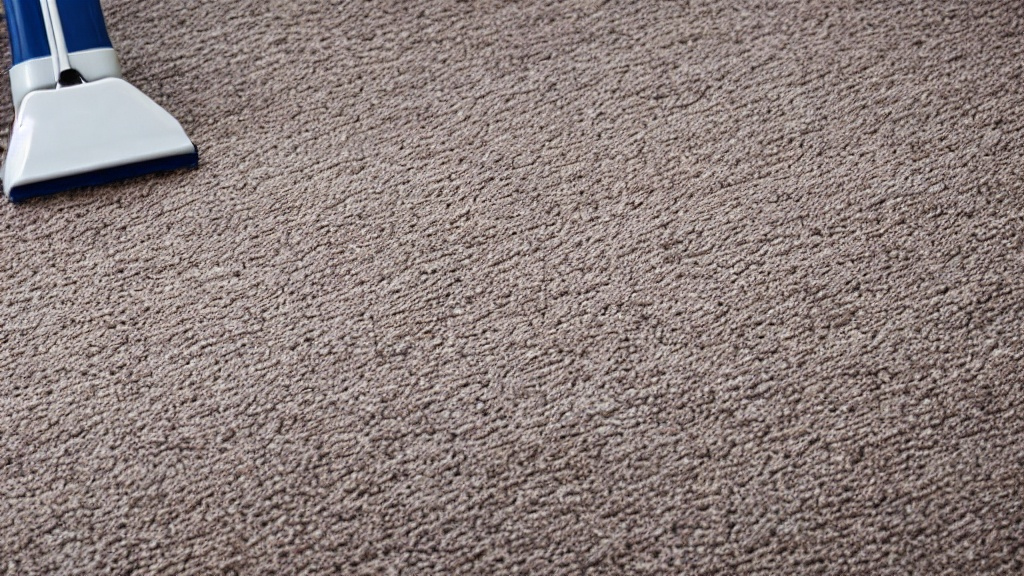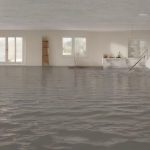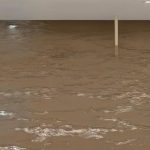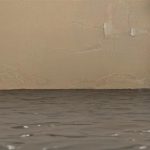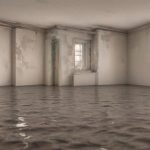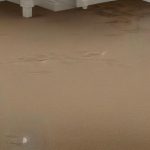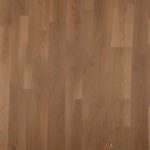Introduction
When water infiltrates your home and saturates your carpet, it can lead to a cascade of problems. The decision of whether to replace water-damaged carpeting is not merely about cost; it encompasses various factors that impact your home’s safety and livability. In this guide, we’ll delve into the intricacies of water damage on carpet, exploring when replacement becomes necessary, the health consequences, and the steps to address the issue effectively.
Understanding the Severity of Water Damage
Factors to Consider
Determining the extent of water damage is crucial in deciding the course of action. The volume of water absorbed by the carpet, the duration it remained soaked, and the source of the water all play pivotal roles. If substantial water seeped into the carpet, pad, flooring, and subflooring, salvaging becomes increasingly challenging. Moreover, the origin of the water is critical; while clean water may offer some hope for restoration, contamination from sources like sewage necessitates immediate replacement.
Assessing Salvage Potential
The feasibility of drying, cleaning, and disinfecting water-damaged carpets varies. In some cases, attempting to salvage saturated carpets may lead to further damage, as the extraction process itself can be destructive. Additionally, the age and condition of the carpet influence the decision-making process; old, worn-out carpets may not warrant the expense and effort of restoration.
Impact of Antifungal Treatment
While some carpets are treated with antifungal and antibacterial chemicals, these treatments offer limited protection against water damage from contaminated sources. Even treated carpets may harbor health risks if exposed to sewage or other hazardous substances. Therefore, replacement remains the safest option in such scenarios.
Also Read: Water Damage Dallas: Understanding the Impact and Restoration Process
Common Sources of Water Damage
Water damage in homes can arise from various sources, ranging from plumbing issues to natural disasters. Overflowing toilets, malfunctioning appliances, flooding, roof leaks, and burst pipes are among the leading causes. While hard flooring can often be cleaned and dried relatively easily, carpets pose unique challenges due to their absorbent nature.
Health Implications of Carpet Water Damage
Mold and Bacterial Growth
Wet carpets create ideal conditions for mold and bacterial proliferation, posing health risks to occupants. Exposure to mold can trigger respiratory issues, particularly in individuals with asthma, allergies, or compromised immune systems. Prompt remediation is crucial to mitigate these health hazards.
Identifying Signs of Carpet Water Damage
Observable Indicators
Detecting water damage on carpets requires vigilance. Sogginess, musty odors, discoloration, and wrinkling are telltale signs of water infiltration. Timely intervention is essential to prevent mold growth and structural damage.
Determining When Replacement Is Necessary
Timeframe for Action
The general timeframe for replacing water-damaged carpets is within 72 hours to prevent mold proliferation. Delaying action increases the likelihood of irreparable damage and necessitates more extensive restoration efforts.
Steps to Address Water-Damaged Carpets
Immediate Response
Upon discovering water damage, immediate action is imperative. Stopping the source of water and documenting the extent of damage for insurance purposes should be top priorities. Thorough inspection helps identify all affected areas, facilitating an effective remediation plan.
Water Extraction and Drying
Utilizing professional-grade equipment such as dehumidifiers, fans, and heaters expedites the water extraction and drying process. Removing excess moisture prevents mold growth and structural deterioration, safeguarding the integrity of your home.
Repairs and Restoration
Depending on the severity of damage, repairs may involve extensive demolition and flooring replacement. Engaging professionals ensures thorough restoration and minimizes the risk of recurring issues.
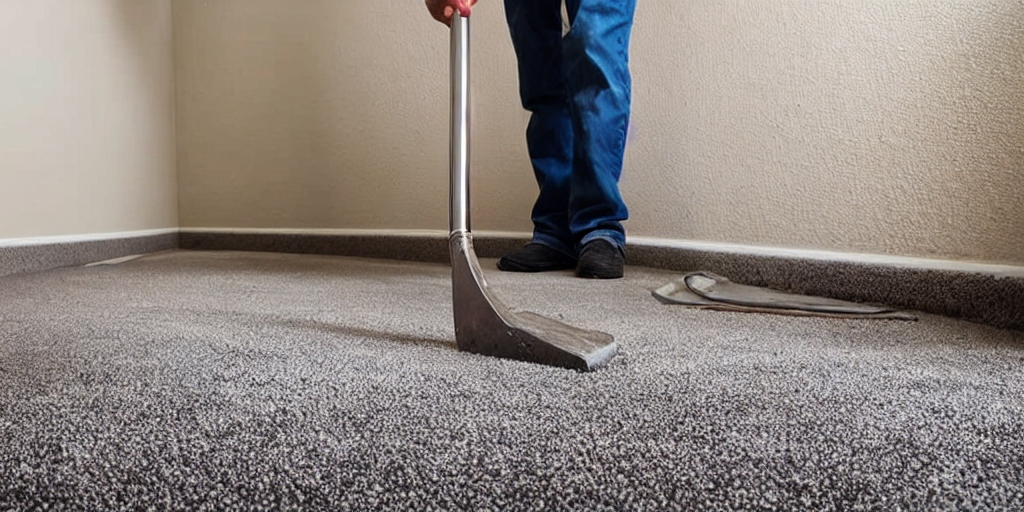
Professional vs. DIY Approach
While DIY efforts may seem cost-effective, they carry inherent risks, especially in the case of water damage. Professionals possess the expertise and equipment necessary for comprehensive restoration, mitigating potential complications.
Also Read: Water Damage Restoration Services in Miami: Restoring Peace of Mind
Conclusion
Water damage on carpets demands swift and decisive action to safeguard your home and well-being. By understanding the severity of damage, identifying signs of water infiltration, and implementing timely interventions, you can mitigate risks and ensure a swift recovery. Remember, when in doubt, consult professionals to address water damage effectively and restore your home to its former glory.
